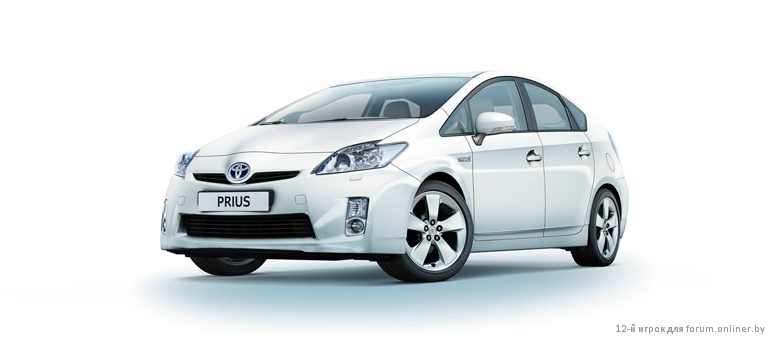Я могу ссылаться только на подобные статьи:
https://www.cnet.com/roadshow/news/why-the-lexus-rx-hybrid-is-a-p ... ing-tests/
Everything from the hybrid powetrain to the electronic steering and braking systems are all tightly controlled, monitored and -- perhaps most importantly -- networked to the car's central computer via protocols that very closely resemble the Ethernet on your home or office network. This makes it relatively easy and familiar for developers to connect to the cars at a central point and gain information about the entire car -- as well as control it -- without having to hack a half-dozen individual systems. Less work connecting to the car in the first place means more resources can be devoted to the business of making it drive itself.
The Toyota hybrid system isn't unique in its tightly networked systems, but its platform is one of the oldest. This is why you see older third-generation RX450h and Prius hybrids picked over brand-new fourth-gen examples. Enthusiasts and developers have been "hacking" their Prii since 2009, so the methods for connecting to the car are well-established and documented. The lessons learned on the Prius translate almost directly to Toyota's larger Lexus RX hybrid.
Finally, today's self-driving prototypes require a lot of processing power. We're talking multiple desktop gaming PCs' worth of silicon. (I specify gaming PCs, because many autonomous prototypes repurpose multiple gaming graphics cards to crunch the gigabytes of lidar, GPS, video and radar data their sensors take in every minute.) So, a hatchback like the Prius or an SUV with the capacity of the Lexus provide plenty of space for the computers, massive power supplies, additional sensors and cooling capacity to keep everything humming along smoothly.
И на слова R&D инженера из Lexus https://www.quora.com/Why-are-Google-self-driving-cars-Lexus-RX-450h
Also hybrid can produce and store a lot of power. Up to 650 V and 46 amps which is used to power sophisticated electronic devices onboard such as Lidar and so on. Which would require a different electric system build on a “usual” car.

